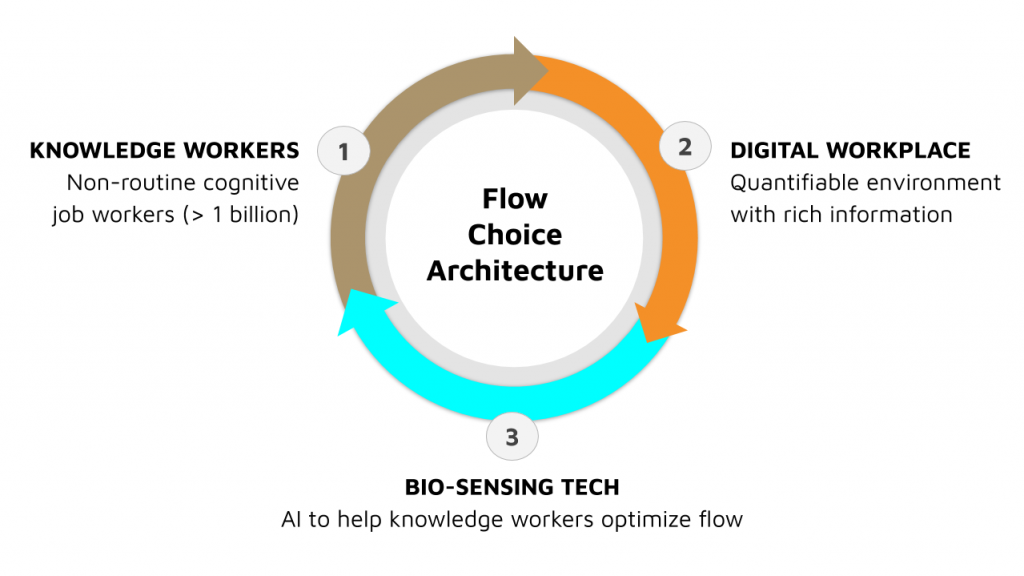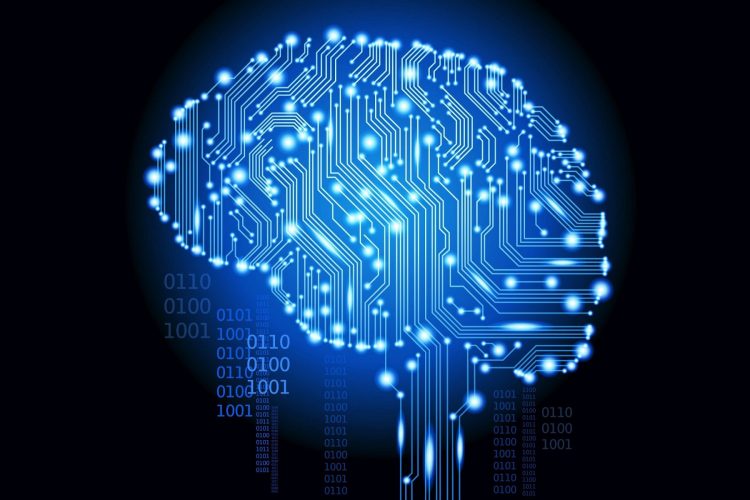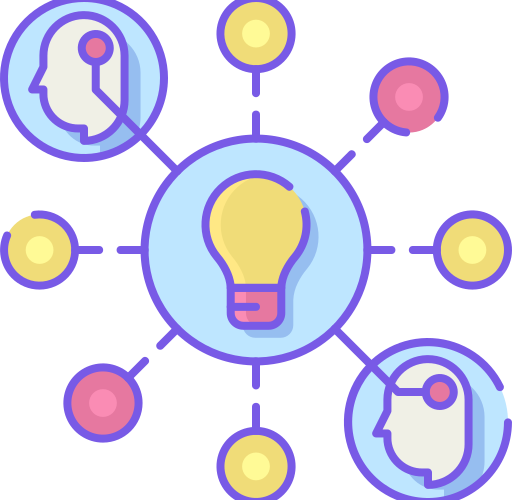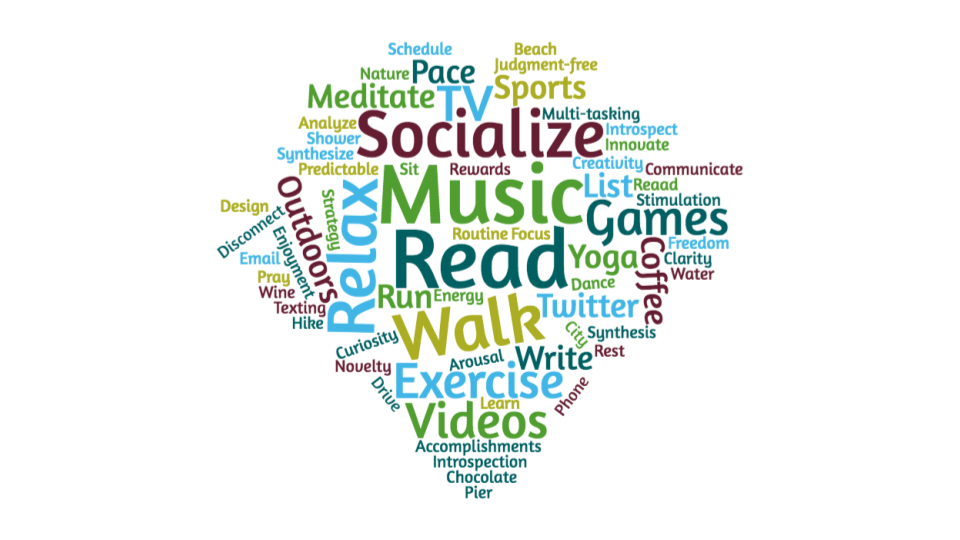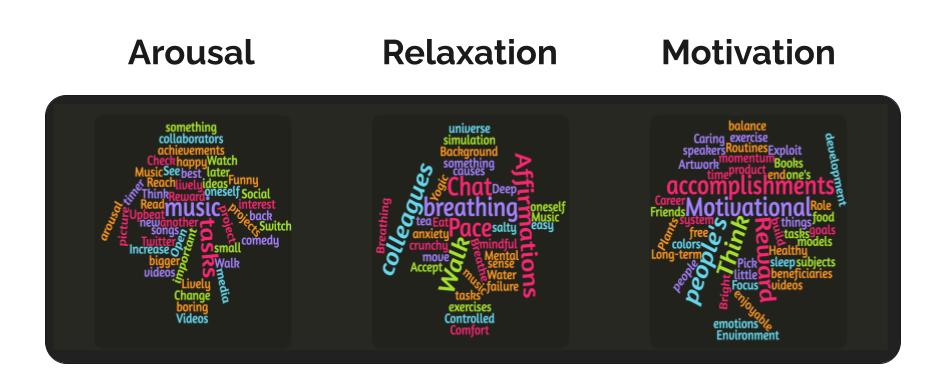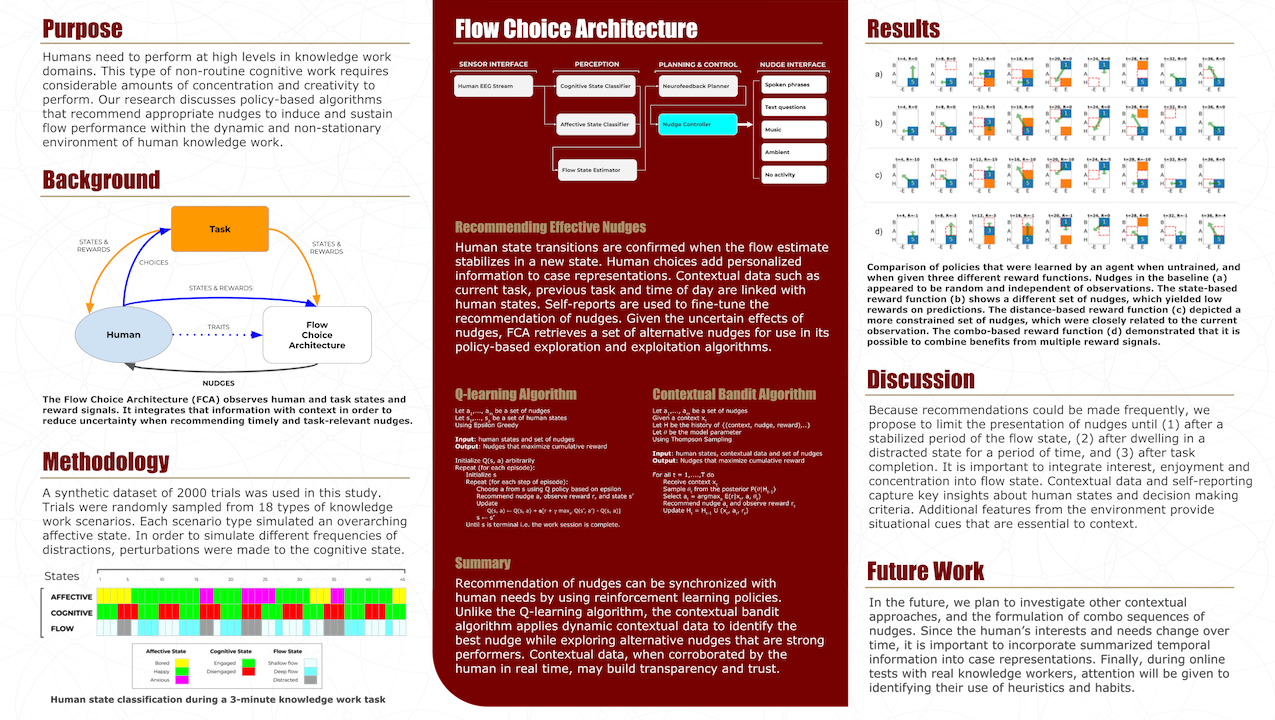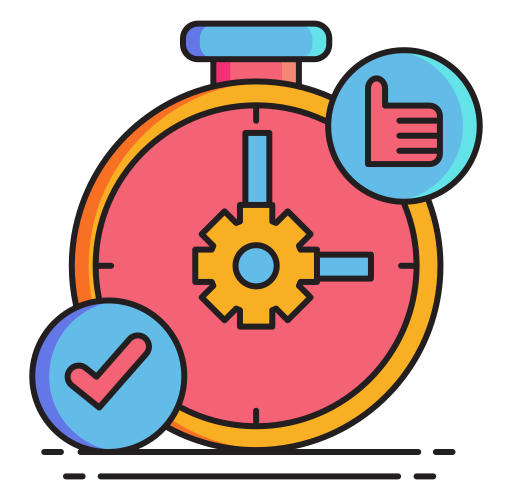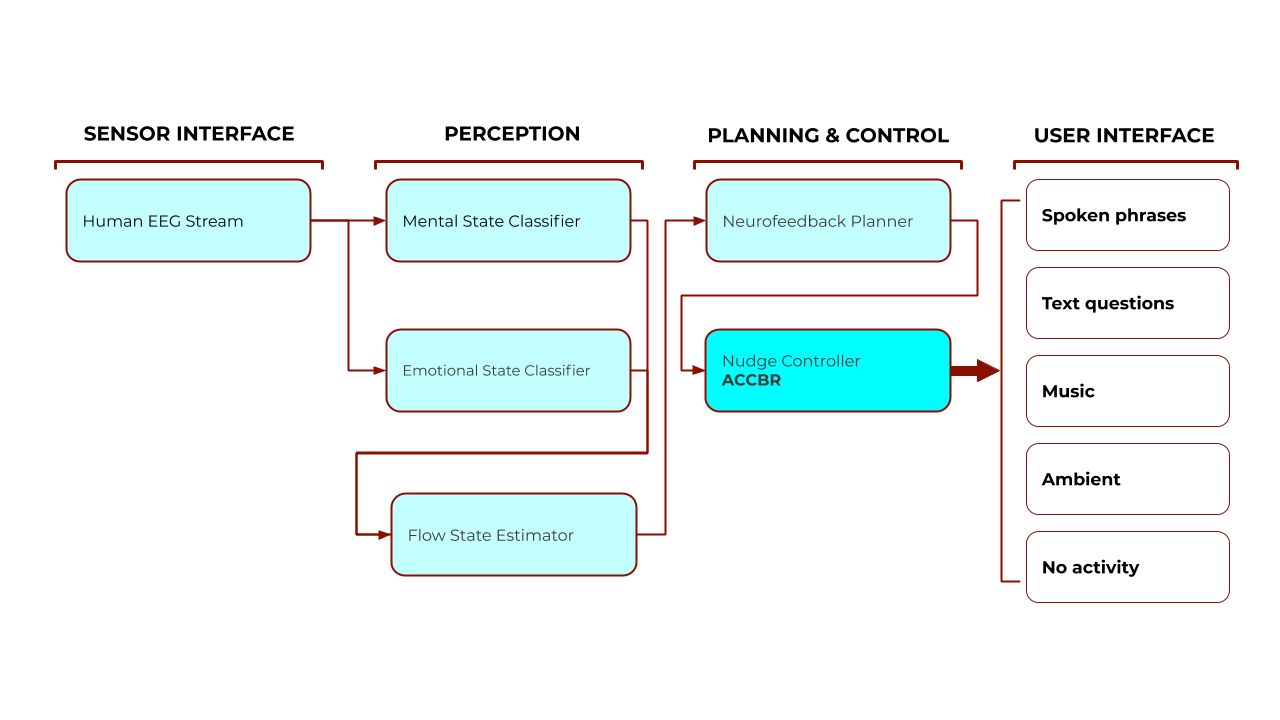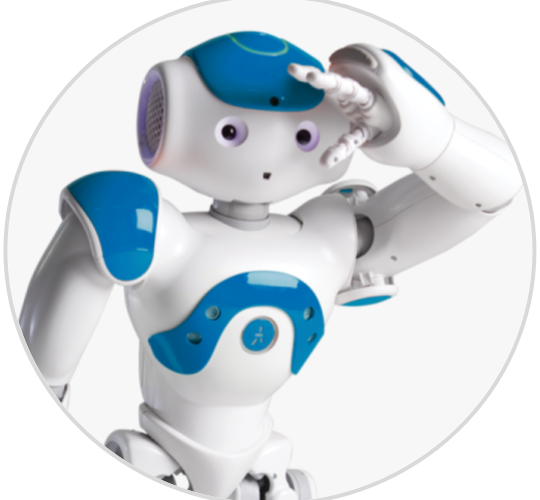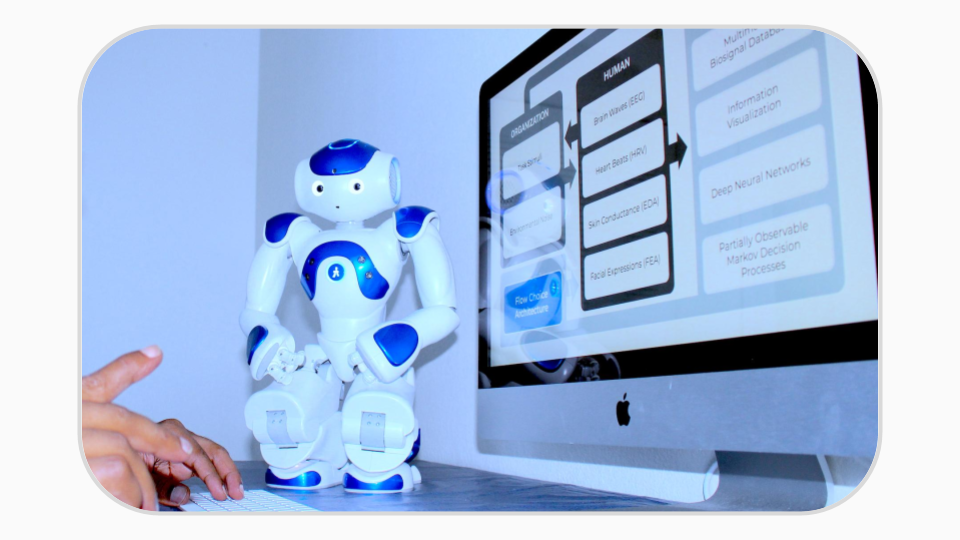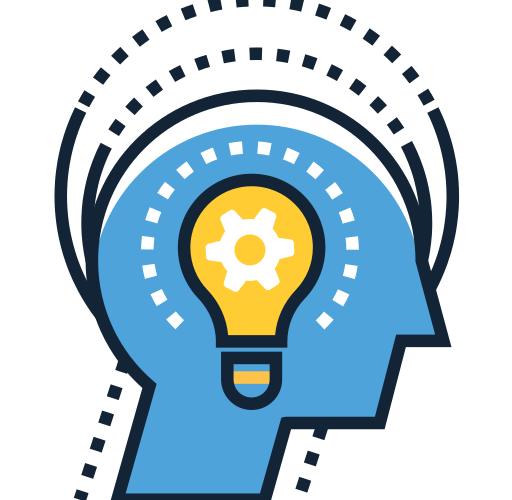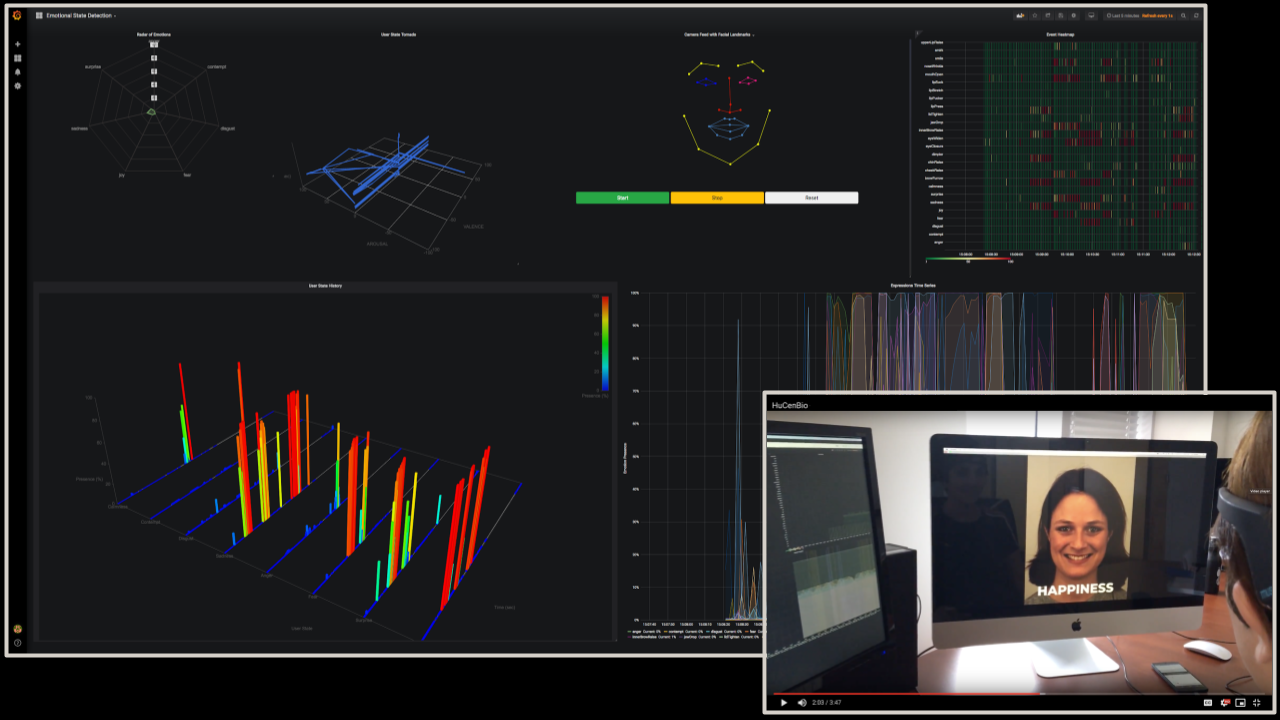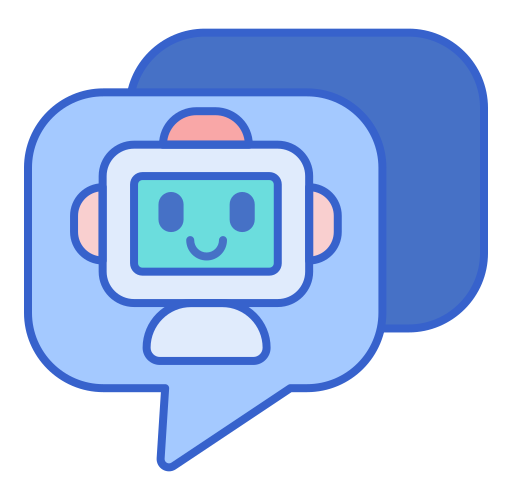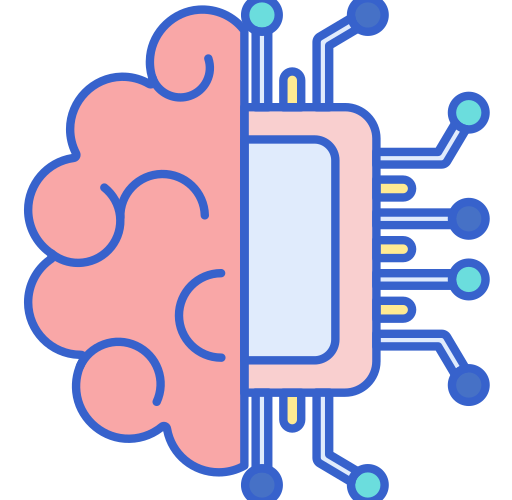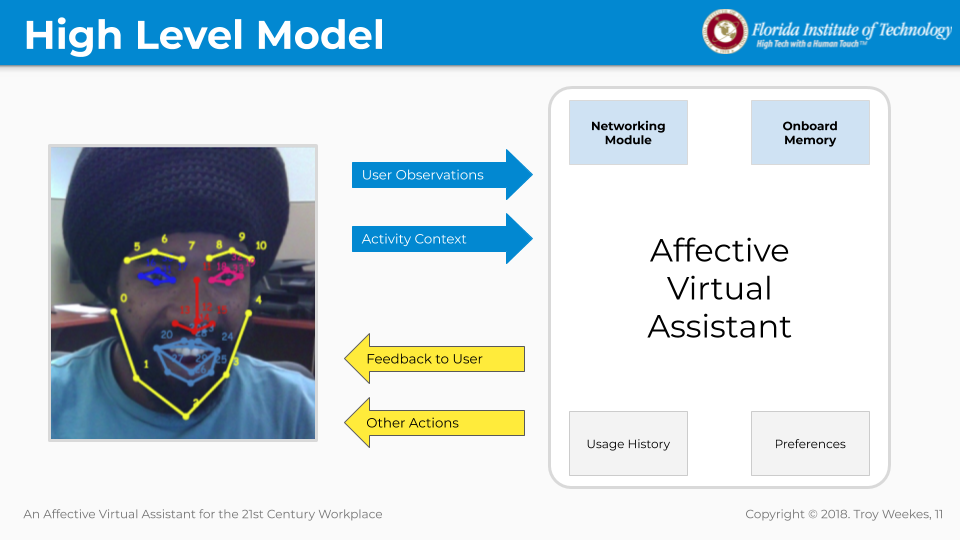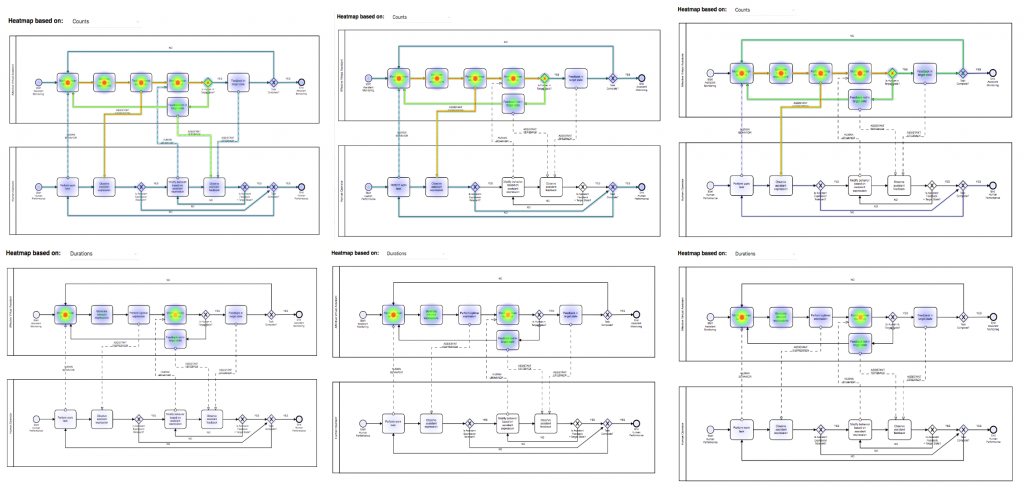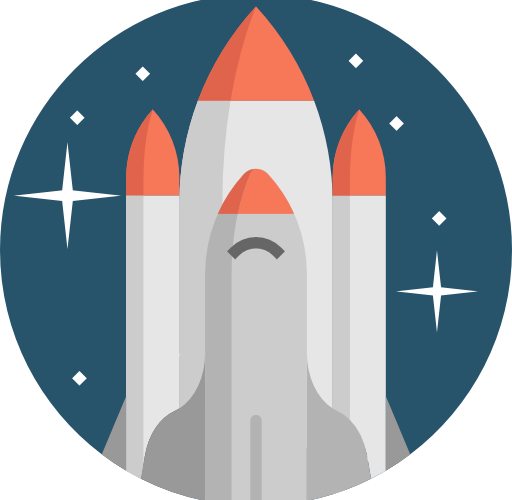On September 22, 2017, I walked into the Embraer facilities at the Melbourne plant. Embraer is a global company headquartered in Brazil with highly integrated businesses in commercial, executive and military aviation (Embraer 2017). Embraer designs, develops, manufactures and markets aircraft, and provides customer support and services. The company implements human-integrated systems, programmable automation and Kaizen to ensure the agile delivery of high quality end-to-end solutions that are customized to meet the distinct needs and preferences of their downstream customers.
Embraer was founded in 1969 by Ozires Silva who later divested executive control to dynamic entrepreneurs, Mauricio Botelho and Frederico Fleury Curado (Embraer 2017). Following its success in commercial aviation, Embraer began exploring the executive aviation market in 2000 with its Legacy jet (Embraer 2017). Embraer followed up with its popular Phenom 100 and the more robust Phenom 300, which was certified in late 2009 (Robb Report 2010). By 2017, Embraer had developed a full line of business aircraft ranging from the entry-level Phenom 100 executive jet to ultra-large cabin Lineage 1000E business aircraft.
Embraer is a complex socio-technical system, which organizes its employees into cells and business units of its corporate value chain. In 2015, the company employed 23,050 people (Statista 2017). This growth in employment represented approximately 4% since 2010. The company has adopted Kaizen as a business philosophy for continuous improvement in its business units. Under the Embraer Enterprise Excellence Program (P3E), the company functions as a lean enterprise with the goals of reducing waste (muda) of resources, maximizing productivity, and, ultimately, the endgame of total customer satisfaction.
In August 2014, Melbourne International Airport and Embraer signed a multi-year lease for a new 250,000-square-foot, three-building facility with the goal of creating 600 jobs by 2016 (Barth 2014a). Additionally in 2014, Embraer opened an engineering Center of Excellence in Melbourne with the expectation of creating more 200 jobs (Barth 2014b). One year later, Embraer expanded by building a new manufacturing facility in Titusville for the production of seating solutions creating 150 new jobs (Richardson 2015).
Embraer’s rapid growth in Florida may be enabled by (1) its relatively close proximity to Brazil; (2) the ease of logistics between Embraer’s production facilities and parts distribution centers; (3) the direct access to the Melbourne International Airport and I-94; and (4) the nearby talent markets provided by the Florida Institute of Technology, Embry Riddle Aeronautical University and the University of Central Florida.
The Melbourne plant houses aircraft assembly, painting and delivery of the Embraer’s newest line of Legacy jets including all Phenoms and some Legacy 450/500s (Barth 2014a; Trautvetter 2017). On September 27, 2017, Embraer delivered its first midsize Legacy 500 that was assembled at its Melbourne plant in Florida (Trautvetter 2017). Besides the first 2017 Legacy handover, the Florida facility has assembled and delivered two Legacy 450s and nearly 260 Phenoms (Trautvetter 2017). I was privileged to see the newly painted Legacy 500 in the flight-prep area the week before its delivery.
The Melbourne production facility (gemba) has a systematic layout with structured assembly lines for the different aircraft models. The plant layout features a range of ergonomic artifacts such as proper signage, clearly marked areas, emergency systems, a smart equipment “vending machine”, and a sorted registry for aircraft components (and possibly line replacement units).
The aircraft (gembutsu) begin from shells and major components that are shipped from Brazil and other suppliers from across the world. The procurement and logistics involved is complicated but streamlined with tremendous efficiency through Embraer’s business processes. After unpacking from the cargo bay, technicians go through step-by-step assembly so that the aircraft flows from one stage of manufacturing to another. The technicians generally work in small teams and business units that are coordinated by supervisors and managers.
Each aircraft bears a conspicuous label with a production number and other pertinent identification facts. Technicians have specialized workstations situated around the assembly lines and in close proximity to other specialists in the assembly team. Throughout the assembly line, the airframe is completed, the avionics systems are integrated along with the powerplant and other subsystems, and the interiors are fitted. At various points in the engineering process, meticulous inspections are conducted according to internal and external certification standards and regulations.
At the end of the assembly line, the aircraft are taken to a neighboring facility where they are painted. Following painting, more technical inspections are conducted in the flight-prep area. The aircraft are flight tested by experienced test pilots and engineers before delivery to their buyers. This simplified process model highlights the high degree of teamwork and human-technology integration that is required in order for Embraer to fulfill its business model. The process is very risky but Embraer utilizes process standardization techniques and risk mitigation principles to guarantee the production of safe and reliable products.
During the tour at the Embraer Engineering and Technology Center, I engaged with engineers and designers who expressed satisfaction with their jobs during the conversations that we shared. Embraer prides itself on diversity and corporate culture. The company leverages diversity as a platform for innovation, which is a hallmark of the Embraer organization. The company has a clear vision that is shared by its employees on all levels. The employees demonstrate this vision through their perseverance towards excellence, their unwavering customer service, and their boldness in creativity and sustainability.
The company motivates its employees through unique Employee Appreciation Awards that are augmented with a Global Trainee Program, an Engineering Specialization Program, a Designer Program, a Young Apprentice Program, a Learning Program For People With Disabilities, and a Good Ideas program (Embraer 2017). These programs highlight different aspects of Embraer’s people-centered approach to business. The Good Ideas program, in particular, is a gamification concept whereby employees generate valuable ideas and are meaningfully rewarded through “special” parking lots, peer recognition on visual message boards, job enrichment and other valuable perks.
In addition to the programs outlined above, Embraer conducts intensive workshops and features a corporate education model to offer continued learning as a way for its professionals to build on their expertise and support corporate growth (Embraer 2017). The training is gamified in the form of abstracted levels and challenges. For example, criteria of excellence are clearly defined and reinforced to continuously induce the gradual improvement in skills that lead to better performance. Employees earn bronze, silver and gold credentials along their academic tracks as they improve and contribute to Embraer’s process and management maturity. If that wasn’t enough to motivate employees, Embraer provides cafeterias and massages on-site.
It is not only great to work at Embraer because of the beneficial programs that it offers; the company has an impeccable reputation in the aviation industry. In the 2017 Product Support Survey by Aviation International News, magazine readers rated Embraer as the top aircraft manufacturer with the highest combined average ratings of newer and older business aircraft (Thurber 2017). Such brand recognition can motivate employees when they tell others about where they work, and can instill self-esteem and self-efficacy in the work they perform.
From the perspective of corporate social responsibility and leaving the world a better place, Embraer gives back to the community. The Embraer Foundation raises funds for social and environmental projects, and inspires employees to volunteer in local initiatives with social organizations (Embraer 2016). One jet at a time, Embraer makes a sustainable impact in the lives of its employees, customers and the environment.
During a surprise ceremony where an aircraft, which featured the name of the company’s founder, was unveiled, Mr. Silva stated “I transfer to each of you this honor for what you are doing now. You deserve this… When we put this plane as a symbol of what we are going to do for the future, I would like you to think big in that direction and continue the work you are doing with confidence.” Such an empathetic statement from the head of company gives a glimpse into the heart of Embraer. Embraer does not only make great technology in the form of aircraft; Embraer also makes great people.
References
Barth, Cindy. (2014a). Embraer bringing 600 jobs to Melbourne airport. Orlando Business Journal. https://www.bizjournals.com/orlando/news/2014/08/28/embraer-bringing-600-jobs-to-melbourne-airport.html
Barth, Cindy. (2014b). Embraer’s $24.2M Center of Excellence opens in Melbourne. Orlando Business Journal. https://www.bizjournals.com/orlando/news/2014/09/08/embraers-24-2m-center-of-excellence-opens-in.html
Embraer. (2016). Embraer Establishes Foundation in the United States. http://embraerfoundation.org/embraer-establishes-foundation-in-the-united-states/
Embraer. (2017). Award-winning History With Executive Jets. http://www.embraerexecutivejets.com/en-us/about-embraer/pages/history.aspx
Imai, Masaaki. (1986). Kaizen: The Key To Japan’s Competitive Success 1st Edition. McGraw-Hill Education.
Richardson, Matthew. (2015). Aircraft manufacturer expands in Brevard, creates dozens of jobs. https://www.bizjournals.com/orlando/news/2015/06/15/aircraft-manufacturer-expands-in-brevard-creates.html
Robb Report. (2010). Embraer Phenom 300. Robb Report. http://robbreport.com/motors/aviation/embraer-phenom-12862/
Statista. (2017). Number of Embraer employees from FY 2010 to FY 2015. https://www.statista.com/statistics/281360/number-of-employees-at-embraer/
Thurber, Matt. (2017). Product Support Survey Part 1: Aircraft. Aviation International News. https://www.ainonline.com/product-support-survey-aircraft-2017
Trautvetter, Chad. (2017). Embraer Delivers First Florida-assembled Legacy 500. Aviation International News. https://www.ainonline.com/aviation-news/business-aviation/2017-09-27/embraer-delivers-first-florida-assembled-legacy-500
